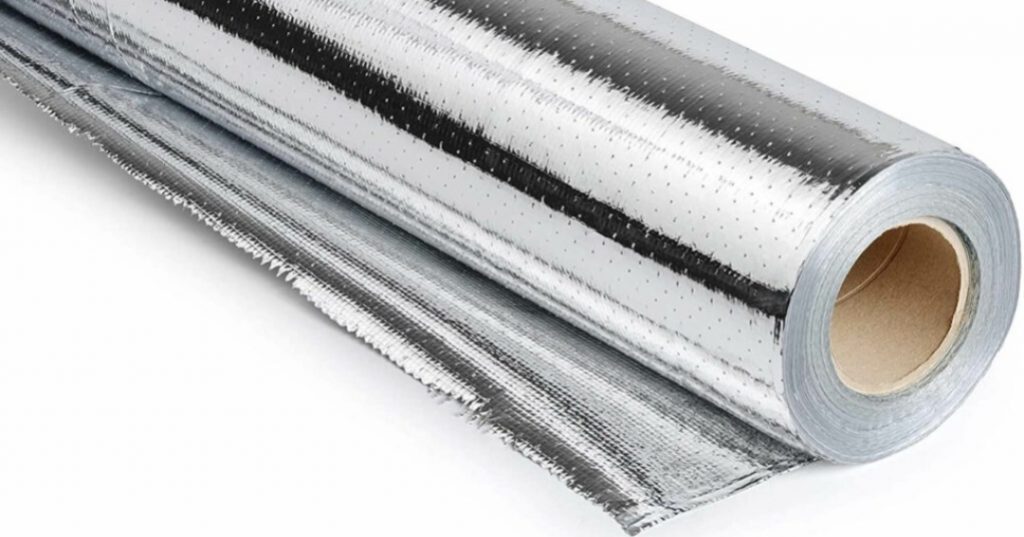Radiant barrier is a popular technology for reducing energy costs and improving home comfort. It works by reflecting heat away from a building and can improve the efficiency of any home, no matter the climate. It may be used in both summer and winter months, as it helps keep the home cool in the summer and warm in the winter.
Radiant barrier technology has been around for some time and is used in many commercial and residential applications. The technology functions by reflecting heat away from a building, and in doing so, can help reduce energy costs and improve home comfort. Radiant barriers are usually installed in the attic space of a home and can be made from a variety of materials. The most common type of radiant barrier is a reflective foil material, but there are also reflective paints, and other materials available.
In order to understand how radiant barrier works, it is important to understand how heat is transferred in a building. Heat is transferred in three different ways: conduction, convection, and radiation. Conduction is when heat is transferred through direct contact, such as touching a hot stove. Convection is when heat is transferred by air or liquids, such as a hot air balloon. Finally, radiation is when heat is transferred through electromagnetic waves, such as when the sun warms the earth (and your roof).
Radiant barriers work by reflecting radiation away from the building, and this can help reduce the amount of heat entering a building. This can help keep the home cool in the summer, and warm in the winter. Radiant barriers can also help reduce the amount of condensation in the attic, which can help prevent mold or mildew from forming.
Overall, radiant barrier technology is a great way to improve a home’s energy efficiency and comfort. It can reduce energy costs and help keep the home cooler in the summer and warmer in the winter. Radiant barrier technology is an easy and cost-effective way to improve the energy efficiency of any home.
972-836-4829


